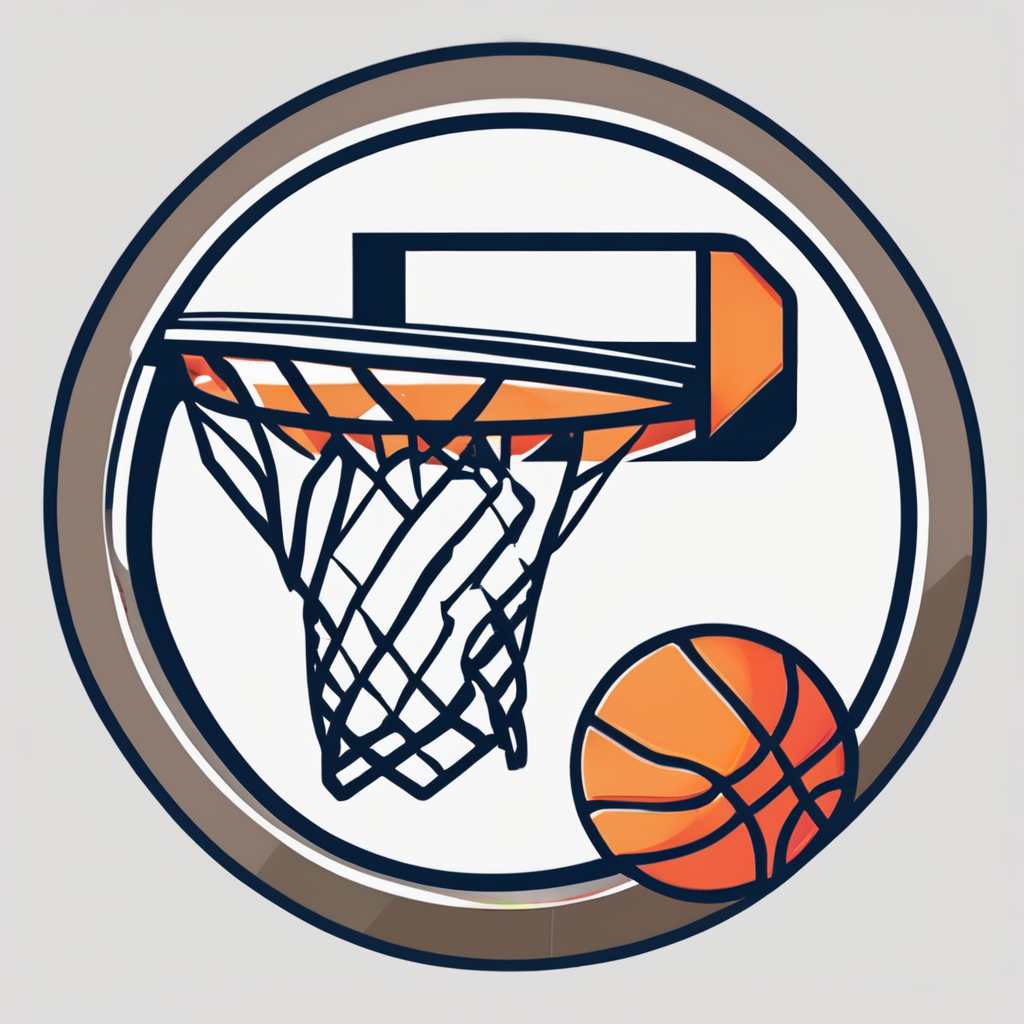Actionable Strategies for Achieving Superior Gymnast Flexibility
Mastering gymnast flexibility requires targeted stretching techniques that combine precision, consistency, and safety. Essential stretches such as the pike, straddle, and backbend not only improve range of motion but also prepare muscles and joints for complex gymnastic movements. Implementing a well-structured flexibility training routine is key to securing lasting results.
A recommended approach starts with dynamic stretches to warm up muscles, followed by static holds that elongate the muscle fibers. For example, begin with leg swings or arm circles, then move to static stretches like seated straddles or splits held for 30-60 seconds. Repeating these stretches multiple times throughout a session enhances flexibility gains while minimizing injury risk.
Also to see : Enhance your aim: essential mental drills for biathletes to sharpen shooting precision
Experts advise progressing incrementally—gradually increasing stretch duration and depth while listening to the body’s signals. Incorporating flexibility training exercises 4-5 times weekly, ideally after warm-up or training, ensures better adaptation. Remember, consistency beats intensity; pushing too hard too fast can cause setbacks. Adapting routines based on individual progress and flexibility goals guarantees effective and safe improvement, elevating gymnasts’ performance and longevity in the sport.
Foundational Stretching Exercises for All Levels
Begin each flexibility session with dynamic stretching to safely prepare muscles and joints. Movements like leg swings, arm circles, and gentle lunges promote blood flow while enhancing range of motion. These foundational stretches not only warm up the body but also reduce injury risk during intense training.
Also read : Top nutritional boosters to supercharge strength and stamina in rugby athletes
After warming up, transition into static stretching targeting key flexibility areas such as hamstrings, hip flexors, and shoulders. For example, holding a seated forward fold or a butterfly stretch for 30-60 seconds helps elongate muscle fibers and improves gymnast flexibility gradually. Beginners can start with less intense versions—such as reducing stretch duration or easing into positions—to avoid strain.
Incorporating both dynamic and static stretches allows for comprehensive flexibility training exercises suited to all levels. By blending these approaches, gymnasts cultivate mobility, control, and muscle elasticity necessary for advanced skills. Progressively increasing stretch depth and hold time in line with comfort and capability fosters sustainable improvement and injury prevention.
Actionable Strategies for Achieving Superior Gymnast Flexibility
Achieving superior gymnast flexibility hinges on targeted stretching techniques that balance intensity with safety. Essential stretching techniques proven to increase gymnastic flexibility include deep lunges, active hamstring stretches, and controlled backbends. These moves address muscle groups critical to performance while reducing injury risk.
A practical step-by-step routine begins with a thorough warm-up using dynamic stretches, followed by progressive static holds focusing on major joints and muscle groups. For example, a session might start with leg swings and arm circles, then advance to seated pike holds and straddle splits maintained for 45-60 seconds. Repeating these stretches 3-4 times per session maximizes muscle elongation.
Experts recommend a flexibility training schedule of at least 4 days per week. They stress gradual increases in stretch duration and intensity to avoid overstretching or injury. Incorporating varied flexibility training exercises ensures muscles adapt comprehensively, enhancing overall range of motion. Listening to the body’s feedback during stretching enables safe progression, ultimately improving gymnasts’ performance through consistent, well-structured regimens.
Actionable Strategies for Achieving Superior Gymnast Flexibility
Mastering gymnast flexibility involves employing targeted stretching techniques that stimulate muscle elongation without causing injury. Essential stretches like deep lunges, active hamstring stretches, and controlled backbends target the hips, hamstrings, and back—key areas for gymnastic performance.
A practical routine begins with dynamic warm-ups—leg swings and arm circles—to increase blood flow. Then, proceed to static holds: seated pikes, straddle splits, and bridge poses held for 45-60 seconds. Repeating flexibility training exercises 3-4 times per session yields the most effective muscle adaptation.
Experts advise increasing stretch intensity gradually to avoid overstretching. Integrating variety in stretching techniques ensures comprehensive muscle preparation, preventing imbalances that can lead to injury. Scheduling flexibility sessions at least 4 days a week supports consistent improvements while allowing proper recovery.
Monitoring the body’s response during stretching encourages safe progression. Pain signals indicate overstretching, while mild tension suggests effective training. Combining these strategies fosters superior gymnast flexibility by balancing intensity, safety, and consistency for lasting gains.
Actionable Strategies for Achieving Superior Gymnast Flexibility
To enhance gymnast flexibility effectively, incorporating targeted stretching techniques is crucial. Essential techniques include deep lunges, active hamstring stretches, and controlled backbends, all designed to elongate muscles vital for gymnastic movements such as splits and bridges. These flexibility training exercises focus on hips, hamstrings, and back, promoting optimal range of motion.
A structured approach begins with dynamic warm-ups, like leg swings and arm circles, priming muscles for deeper stretches. Following warm-up, static holds such as seated pikes and straddle splits should be maintained for 45–60 seconds, repeated multiple times to stimulate muscle adaptation. Gradual progression—extending hold times and increasing stretch depth—ensures safe flexibility gains without risking injury.
Expert recommendations emphasize a minimum of 4 flexibility sessions per week. These sessions should integrate variety in stretching techniques to address different muscle groups evenly, preventing imbalances and promoting balanced development. Monitoring the body’s signals during these exercises is essential; mild tension indicates effective training, while pain warns against overstretching. Adhering to these strategies creates a balance of intensity and recovery, resulting in superior gymnast flexibility.
